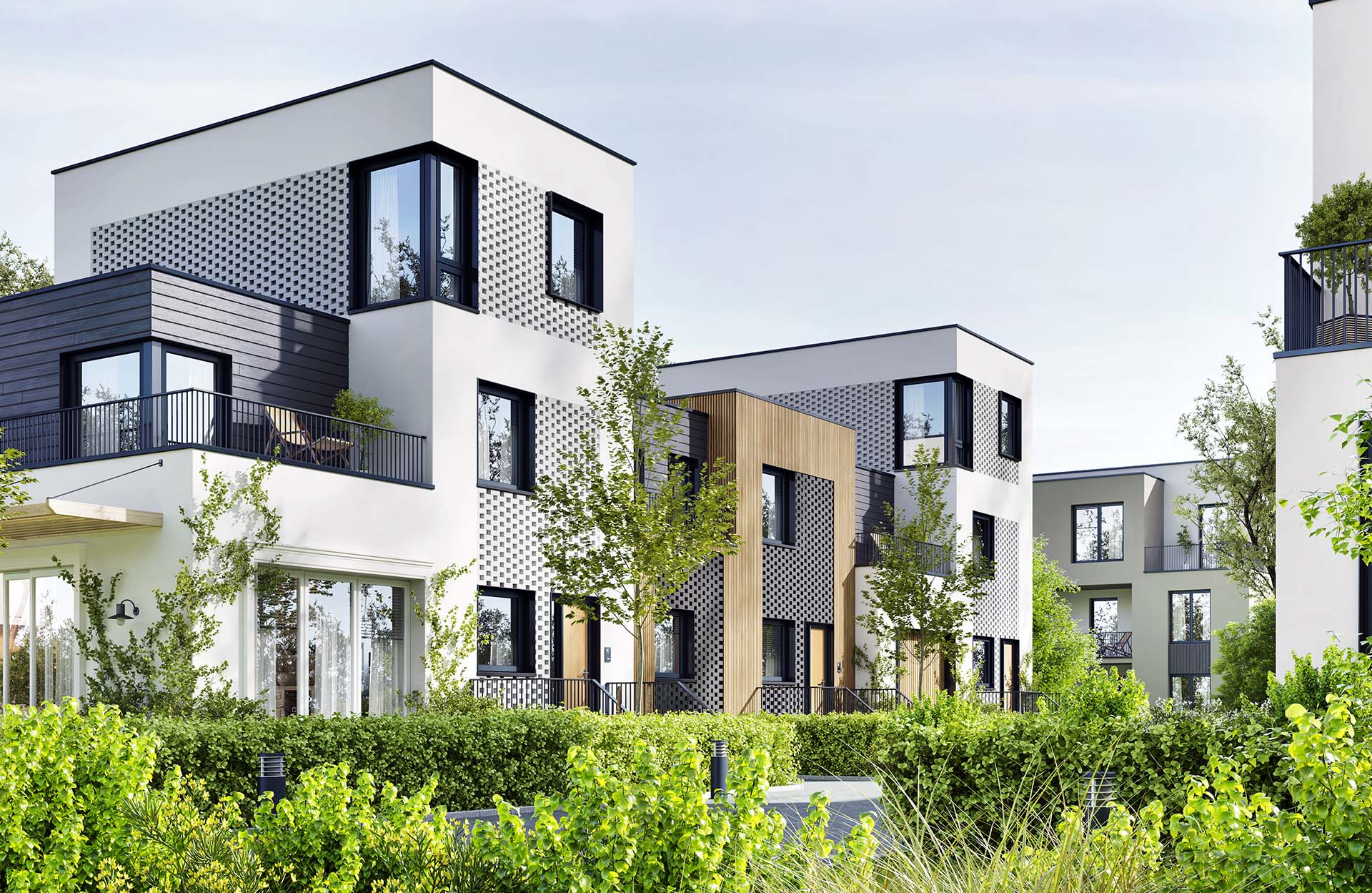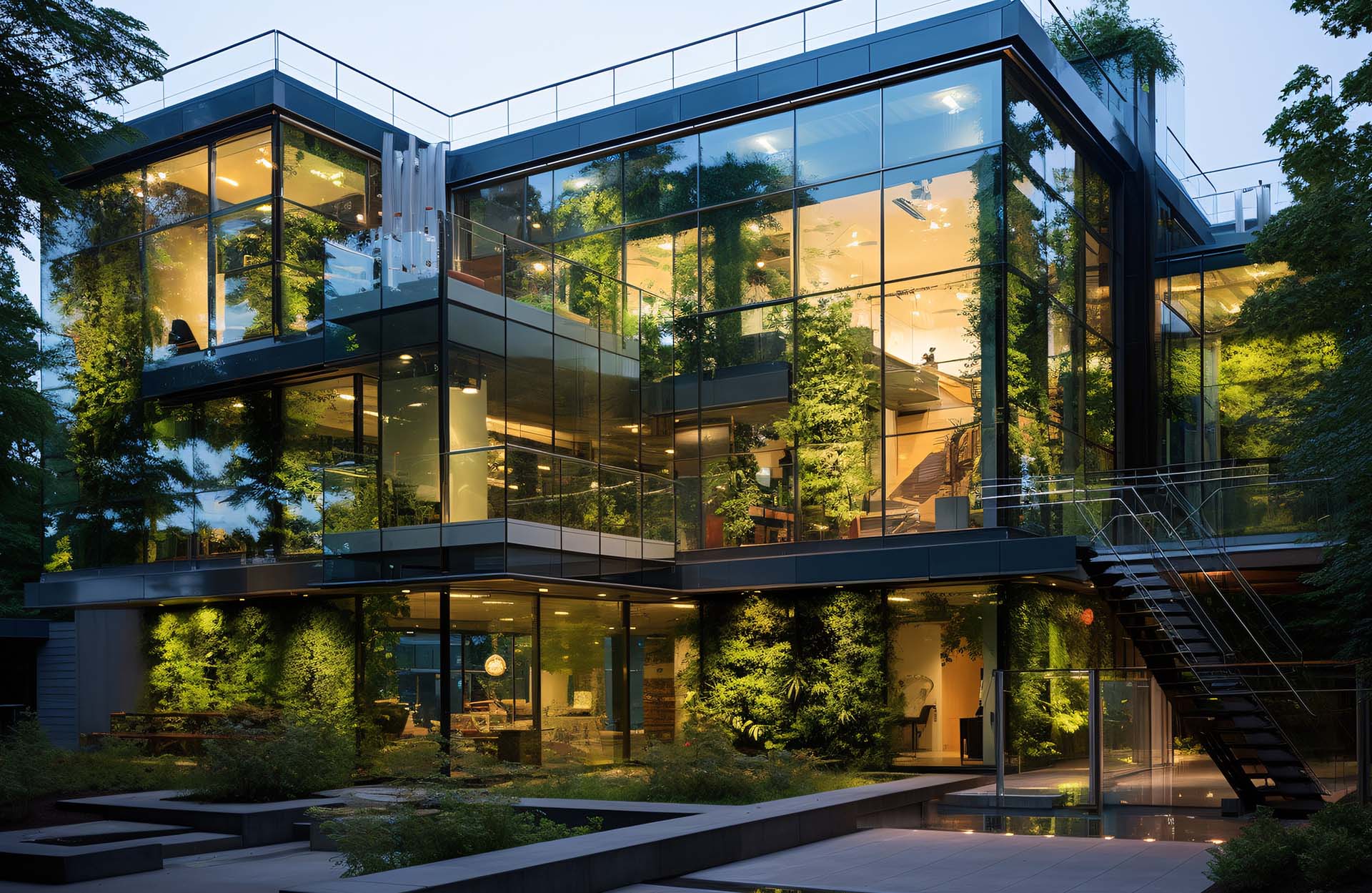When the energy efficiency regulations affecting new buildings (Section J) were toughened up in 2010, the alternative solutions approach became more important. Typically a new development can achieve compliance through the Deemed to Satisfy (DTS) method. This requires a formal compliance assessment and report that the building certifier can rely on to demonstrate compliance.
However, when the regulations were toughened up, some aspects of compliance became hard. In some of these cases, compliance is only achievable by specifying very expensive or difficult to achieve solutions. When this happens, an alternative solution approach may be the best way to go.
The alternative solution aims to demonstrate that the objectives of Section J are achieved in practise rather than by prescriptive DTS regulations. The Code provides JV3 as an accepted verification method.
This method involves the computer simulation of the building. First, a computer model is constructed of the building using the building geometry and all the DTS requirements. This results in an annual energy consumption value for the building. The second step is to create a proposed building model based on the actual design. (The proposed building is required to be modelled with the proposed services as well as the DTS services).
The annual energy consumption value of the proposed building model with both proposed and DTS services must be less than the DTS reference building to achieve compliance.
Some common scenarios where JV3 Alternative Solutions may create better outcomes over the DTS method include (but by no means exhaustive):
- Buildings which have significantly different glazing requirements (in terms of the total U value and Solar Heat Gain Coefficient) across various facades or building levels.
- Buildings not having sufficient cavity space in a part of the envelop (e.g. external / internal walls or roof / ceiling systems) to accommodate the minimum insulation required by the DTS standards.
- Buildings which have a need to eliminate the floor insulation requirements due to conflicts between underslab insulation and services installation. It is also worth mentioning here that eliminating the floor insulation may not always worsen the energy performance as the floor insulation itself tend to reduce winter heating demand but increase summer cooling demand. The relevant climate zone and the actual orientation and geometry of the building would determine whether floor insulation is an effective approach to reduce the total energy consumption or not.
- Buildings which have complicated external shading devices where benefits may not be fully captured by the ABCB glazing calculator.
- Buildings which have coatings on roofs or external walls providing significant lower solar absorptance value.
- Buildings which have a better envelop but slightly poorer building services over those of the reference building.
- Buildings which have mixed mode ventilation where the associated energy saving benefits may not be fully recognised by the DTS standards.
The alternative solution is not a panacea for a poorly designed (from an energy efficiency perspective) building. However, used properly, it can result in a more rational design and as a consequence it will cost less to construct. The advantages of using JV3 alternative solutions are not just limited to cost savings, but also other benefits such as energy performance improvement, aesthetics, and reduced complexity of design. The JV3 method is becoming more and more recognised in the building industry.
If you are concerned about some aspect of the DTS compliance strategy then discuss the pros and cons with Application Solutions. An alternative solution may be what is needed.




